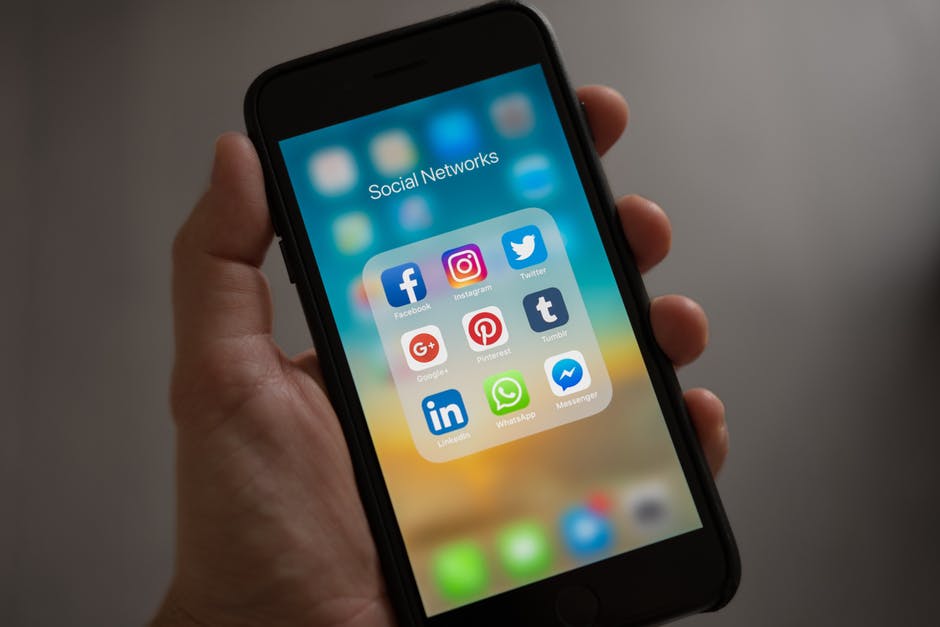By The Pollack Group
By Riley Dixon, The Pollack Group Fall Intern
Social media influencer marketing is the latest craze in public relations and marketing. Traditional public relations, although still very much a core element in the overall marketing umbrella, can often take a back seat to blog features and mentions on Instagram or Twitter. Seventy-seven percent of the U.S. population has a social media profile. The more sites your business is on, the more eyes will see it. These sites offer many different options for businesses to share information, including hashtags, promoted posts and influencer partnerships. Working with influencers can be the most direct and personal route to your target audience, because they can help tell a brand’s story, generate loyalty, and potentially produce product or service sales.
But how do PR professionals get influencers to feature their product? We asked several influencers what their pet peeves are when approached by a brand’s public relations and marketing team, as well as to give their advice on how companies can nail a pitch and reach their target audiences.
Influencers build their following by producing quality content that their followers find relatable. Inevitably, these internet personalities’ opinions become respected. Blogger and Instagram influencer Lisa Marie Prang recommends that PR professionals do research and know an influencer’s content to make sure they are a good fit for the campaign a brand would like them to conduct. For example, a beauty brand reaching out to an influencer who only posts content related to fashion would be hard-pressed to find any interest from the influencer or their followers.

When reaching out to an influencer that fits a desired niche, make sure to clearly outline what you would like from them. Instagram influencer Taylor Stack and Prang both say this is too often assumed. If something specific is needed, make sure the pitch has a campaign outline. This will help avoid re-shoots, often a high-cost mistake, considering a lot of time goes into styling, shooting, editing, and producing high-quality content. However, creative freedom is appealing to an influencer, so if a brand just needs some photos of their product and then begins to request posts on a regular basis, this adds to a continuing relationship.
Stack says, “Guidelines matter because there’s nothing more time consuming than having to re-shoot something because it doesn’t fit what they want. But on the other hand, I love adding my own creative flair. There is a happy balance.”

Another important point: Be responsive. The initial pitch sets the tone and, if executed right, can make an influencer more inclined to work with a brand. “When the brand is enthusiastic about a campaign, it is contagious and, in turn, I get super excited about it,” Prang said. “I also love to hear more about the campaign details in the initial email versus them saying “Hey! We would love to work together, let us know if you want to hear more details. [This is] because that way we can get the ball rolling faster and more efficiently.”
A common pet peeve of influencers is not being responded to quickly when emailing or direct messaging them. Value their craft and respect their time, or they will not want to work with you.
An influencer and their followers will not want to promote a brand if they don’t believe it will benefit their followers too. In a Forbes article about dominating influencer marketing, PR writer Cheryl Conner recommends that a brand should “provide practical and authoritative information”, not just promotional ‘hype.’” Match an influencer’s aesthetic and create memorable content. Try to take pictures that will relate to a target audience. If an audience can connect with the images taken, they are more likely to follow an account and potentially become a customer.






